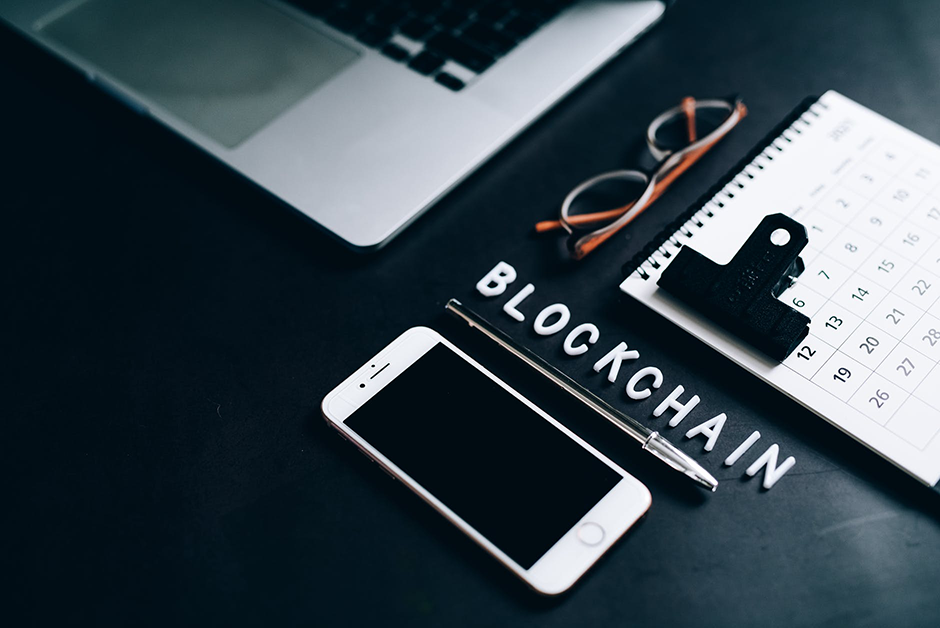How to check Bitcoin confirmations?
You might be wondering, once you buy Bitcoin and make a transaction – “how do the transactions actually work?”
Is there a way to check if a transfer has gone through and been accepted?
The way we know this is through a process known as Bitcoin ‘confirmations’. In every Bitcoin transaction, there is a ‘mining’ process, which involves the solving of complex mathematical algorithms by miners (computers), creating “blocks” of transactions that are then entered into a blockchain. The Bitcoin blockchain is essentially a continuous ledger of transactions, and is what ensures Bitcoins value, security and validity as a currency.
What is a Bitcoin confirmation?
On average, a new “block” of transactions is created every ten minutes. A Bitcoin transaction is confirmed when a miner adds the block to the blockchain. Every time a new block is added to the blockchain, and the network verifies the transactions, every block in the chain is re-confirmed.
The more confirmations your transaction has, the further down on the blockchain it is, and the more confidence you can have that the transaction is completed and non-reversible.
How does Bitcoin transaction confirmation work?
Transferring Bitcoin occurs in three distinct steps which the typical user doesn’t see (unless you use a block explorer which allows you to track transactions). These three steps are signing, broadcasting and confirmation.
Signing
When you hit “send” in your Bitcoin wallet, you’re telling your wallet to transfer your BTC from your address (sender) to another address (recipient). The wallet will create a “transaction message” using a unique digital signature, which mathematically incorporates the sender’s private key (password) in an encrypted, secure way and proves that the sender is indeed the legal owner (digital signatures will change for every transaction for security purposes). All of this valuable information is bundled together into a small file to be sent out.
Broadcasting
Once the transaction information is consolidated, the wallet broadcasts a copy of the file to other computers that hold a copy of the blockchain (also known as “nodes”). These nodes are used to verify the file, funds and digital signature to ensure the information is accurate and secure. Once a node verifies the information, it is stored in the “mempool” (short for memory pool) of that node, and that transaction information is then passed to other nodes which repeat the verification process. The pending transactions in the mempool are referred to as “unconfirmed transactions”.
Confirmation
This stage is where it can get a little tricky for Bitcoin beginners, but it’s actually quite simple in theory. In order for transactions to be confirmed, Bitcoin miners have to group transactions together into a “block” and then compete to get that chain into the blockchain. Once the block enters the blockchain, it equates to a bitcoin transaction confirmation. Most transactions take an average time of ten minutes, but transaction times can vary.
How to check confirmation status?
The best way to check on transaction confirmation is through the use of block explorers, which are software tools or websites designed to allow Bitcoin users to access real-time information regarding transactions taking place on the blockchain. The transaction information can be quite detailed as a user has the ability to see transaction growth, network speed, hash rate, historical prices, the most recently mined blocks, and any inactivity or network problems that may arise. Your wallet should provide the option to view the transaction through a block explorer or provide the transaction ID which you can enter into a block explorer.
Block explorers provide a live feed of the blockchain, which means that you can stay on top of your transactions, as well as keep an eye on others and use it to your strategic advantage.
Some of the top Blockchain Explorers include:
Most of these are incredibly user-friendly, and all of them are compatible with Bitcoin. Some of them are even able to switch between different analyses of coins (Blockchain can analyse Ethereum or Bitcoin Cash, for instance).
How long will a Bitcoin confirmation take?
Bitcoin confirmation time usually has a pending time of about 10 minutes or less, however, there are several factors that affect a pending transaction confirmation time, which include where the Bitcoin is sent from (i.e centralised exchange), network fees, network congestion and even destination service. Remember: one block equals one confirmation.
How many confirmations do you need?
Six blocks (six confirmations) is the gold standard in terms of Bitcoin verification, as it provides 99.99% certainty that a transaction was valid and went through. It should take an hour for six blocks to be added to the blockchain (one block every ten minutes). However, there are factors that affect the speed and efficiency of the process, such as the hash rate (the amount of computing and process power being contributed to the network through mining) and network speed.
Are all confirmations final?
While the word confirmation does seem fairly final, we should mention the very minuscule possibility of blockchain reorganisations. In these incredibly rare cases, the blockchain forks (splits), and certain blocks become orphaned when a reorganised blockchain occurs. This has only happened a few times, with the biggest one being due to a technical glitch in 2013. To put your mind at ease, the risk of losing a new transaction is incredibly low, and will likely still end up being included in the reorganisation anyway.
Conclusion
Checking confirmations is a fairly user-friendly process that requires nothing more than the transaction ID or a Block Explorer, which will allow you to survey not only your own transactions but every transaction that is taking place along the blockchain.



